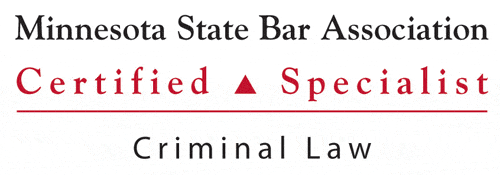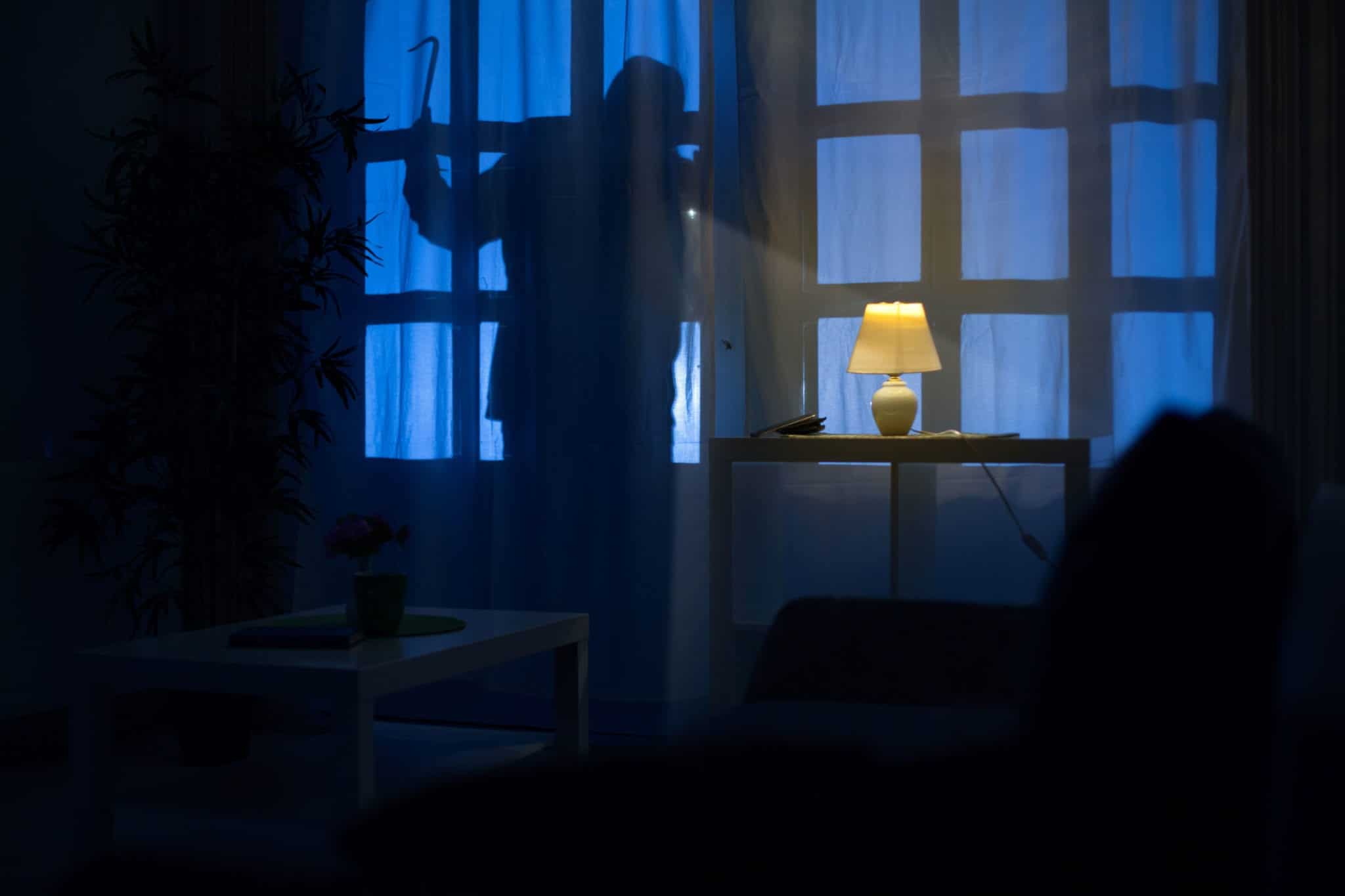Burglary in Minnesota is a serious crime. There are some circumstances that can drive the already steep penalties for burglary higher, as one Minnesota man recently found out.
A Worthington man was recently arrested for burglary – having been previously arrested for two other home burglaries in June of last year.
This means he can face some serious penalties under the Minnesota law for second-degree burglary – up to 10 years in prison and fines up to $20,000, to be exact. Do you know what he allegedly stole? A smartphone and a bottle of cologne.
So how does less than a thousand dollars worth of stolen goods end in a decade behind bars and a tab of 20 grand? Let’s take a closer look at the law.
How Minnesota Defines Burglary
Under Minnesota law, burglary, in general, is defined as entering a building without the consent of the owner to perpetrate a crime.
Penalties for Minnesota burglaries that take place when someone is in the building, considered a home invasion, are harsher than when empty. You can also expect greater penalties for burglaries involving more danger — armed burglary, for instance.
Minnesota Requires Intent
If someone enters a building without consent but doesn’t intend to perpetrate a crime, then it’s not considered burglary, but simply trespassing. This is important to note because Minnesota law does require a person to intend to commit a crime before or as they’re entering a building without consent for it to be charged as burglary.
If a building is entered unlawfully and then the perpetrator decides to commit a crime after they’ve entered, it’s still considered burglary.
What Counts as a Building
When it comes to the law, everything is defined. Buildings or dwellings under the law in this case mean any structure that can provide shelter to a person. It’s a dwelling if it can be used as a temporary or permanent residence, such as a home or apartment as well as a houseboat or recreational vehicle.
Criminally Entering a Minnesota Building
Under the law, entering a building or dwelling can be done in a few ways. You can simply enter a building or dwelling without the permission of the resident or owner. You can also gain entry through false pretenses or stay in the building after consent for you to be inside is withdrawn.
Many people think about “breaking and entering” when they think of burglary, but there’s no requirement under the law for “breaking” any longer.
A building or dwelling does not need to be entered by force in order for burglary to be committed. However, entering a dwelling or building by force can increase an offender’s penalties.
MN Burglary Penalties
There is a wide range of penalties for burglary in Minnesota, but generally, they are applied based on the degree of the burglary charge. The law divides burglary crimes into four degrees. Learn more about each below.
First-Degree Burglary
This level of burglary is committed when a person enters an occupied dwelling or building and has possession of a dangerous weapon or anything that can be used as a weapon and assaults someone. First-degree burglary is punishable by up to 20 years in prison and fines of $35,000. The minimum sentence for this first-degree offense is six months in prison.
Second-Degree Burglary
If burglary is committed while in the possession of burglary tools of an unoccupied dwelling or building, then it is charged as second-degree. It’s also a second-degree burglary when force is used and the location is one of the following:
- A securities or bank building
- A pharmacy or other building holding controlled substances
- A religious establishment, school, historic property, or government building
Penalties for second-degree burglary include up to 10 years in prison and fines of $20,000.
Third-Degree Burglary
Third-degree burglary is committed when a building is entered without authorizations and the defendant intends to commit or commits theft, a gross misdemeanor, or felony. The punishments involve up to five years behind bars and fines of $10,000.
Fourth-Degree Burglary
Someone who enters a dwelling or building without permission and intends to commit or commits a misdemeanor other than theft is charged with fourth-degree burglary. The penalties include up to 12 months in prison and fines of $3,000.
Possession of Theft or Burglary Tools
It is illegal to have in your possession the tools to commit theft or burglary and the intent to use them or allow someone else to use them in this type of crime.
Tools include things such as explosives, crowbars, and bolt cutters. If convicted, someone can be punished by up to three years in prison and fines of $5,000,
If you’re charged with burglary, make sure to understand the charges against you and what your rights are in the situation. It’s a serious crime that could land you behind bars for decades, so mounting a good defense against these charges is paramount.
About the Author:
Christopher Keyser is an AV-Preeminent rated criminal and DWI defense attorney based in Minneapolis who is known for fighting aggressively for his clients and utilizing innovative tactics to get the most positive results. He has been featured in numerous media outlets due to the breadth and depth of his knowledge and named a Certified Specialist in Criminal Law by the Minnesota Bar Association. Mr. Keyser is Lead Counsel rated, and he has received recognition for his criminal law work from Avvo, Expertise, Super Lawyers, The National Trial Lawyers, and more.








